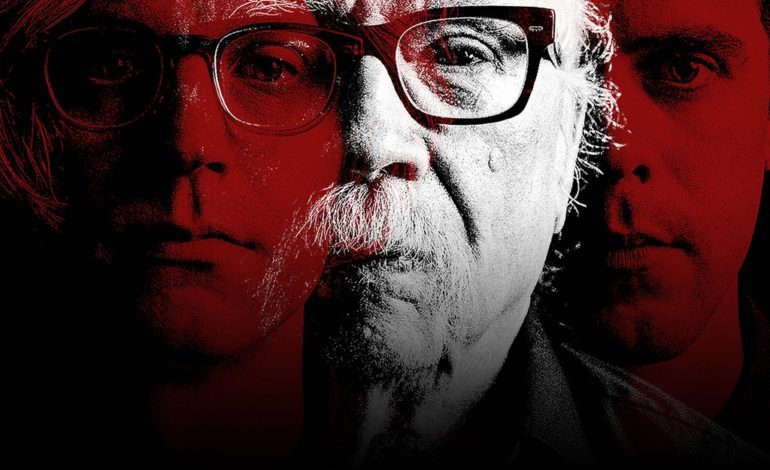

John Carpenter isn’t washed up just yet
It’s always a treat any time John Carpenter makes something. Some know him from his directorial fame, when he produced a string of prolific horror and sci-fi films like The Thing and The Fog throughout the ’70s and ’80s. Others might be more familiar with his work on the soundtracks of those movies, like the rambling introduction to Escape From New York or the unforgettably brooding opening theme of Halloween.
Carpenter, now 70, has stopped making movies, but who says you can’t teach an old dog new tricks? Armed with the trappings of a modern production arsenal, Carpenter is still cooking in 2021 with Lost Themes III: Alive After Death, the eerie, electric third installment in his Lost Themes series.
“It can be both great and bad to score over images, which is what I’m used to. Here there were no pressures,” Carpenter explains in an interview with Pitchfork, speaking on 2015’s Lost Themes. “The plan was to make my music more complete and fuller, because we had unlimited tracks. I wasn’t dealing with just analogue anymore. It’s a brand new world.”
That may be true, but Carpenter still has an affinity for the past. Lost Themes III has a distinct ’80s aura to it, owing to the unmistakable old school synth sound that he weaves into almost every track. But the record isn’t so much an homage to his past work as it is a new installment.
Take the eponymous opening track “Alive After Death.” On it, Carpenter employs shrill, glossy synths that would feel right at home in Halloween, building the track out with a rumbling bass and pulsing kicks that sound like a resting heartbeat after a marathon. Then Carpenter brings the hammer with a roaring guitar solo that’ll knock people’s socks off. He’s lost none of the energy and horror-swagger that so defined his earlier works, but at the same time, his sound has gotten cleaner.
The same is true on “Weeping Ghost,” a tense, grumbling epic that really ratchets up the intensity. Those ’80s synths pop up again here, sounding right at home, and Carpenter again brings everything to a dramatic crescendo with a Wild West-sounding guitar solo, adding to the tune’s standoffish mood. Things slow down on “Dripping Blood,” but the track’s eerie, dramatic mix of harmonic strings and weary piano keeps the tension alive and well. Then it’s back to the bigger sound of “Dead Eyes,” whose glowing, ringing synthesizers are perhaps Carpenter’s prettiest touch to the record.
Lost Themes III’s first act is Carpenter at his haunting best. However, the back end of the album shows that the novelty of his sound has an expiration date. The track “Cemetery” at first has a hazy sound that evolves into yet another maximalist conclusion with the same set of instruments heard on some of the earlier tracks. It’s eerie and bombastic, but it’s more of the same. “Skeleton” is similar, doing little to surprise or delight. People have heard this story before; a techno synth, powerful kicks, synth and piano chords and a brooding guitar riff. It’s a winning formula, but it doesn’t have much staying power.
But just as Carpenter seems to be losing steam, things turn a corner on the track “The Dead Walk.” He seems to have recaptured the intensity of the earlier tracks, again relying heavily on synths, which really shine here with their grittiness. The track just feels more dynamic, using tension and release and moments of business or silence to create shape.
Then, the uneasy piano riff of “Carpathian Darkness” signals that the time is nigh for Carpenter’s nightmare to come to an end. The searing guitar that was featured on several other tracks reappears here, but earlier, to the listener’s surprise. Again, texture and shape are at the forefront, with the piano and guitar riffs changing throughout the track while bewitched and twinkling synth riffs interject. It feels like a reprise of all that came before it, and it’s a fitting conclusion.
Now far from the heyday of his filmmaking prime, John Carpenter is still making things, and he’s making them pretty well. Lost Themes III: Alive After Death takes the retro horror aesthetic for which Carpenter is so revered and supercharges it with modern-day production technology. Older horror fans will love the ’80s vibe. Younger ones will appreciate the souped-up production. And all of them will tremor in fear at one point or another.
